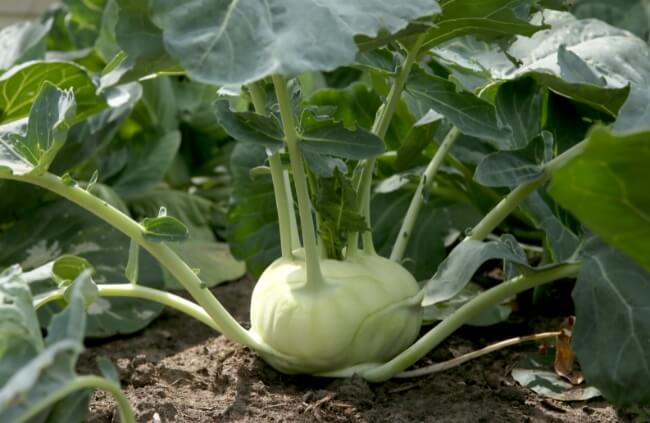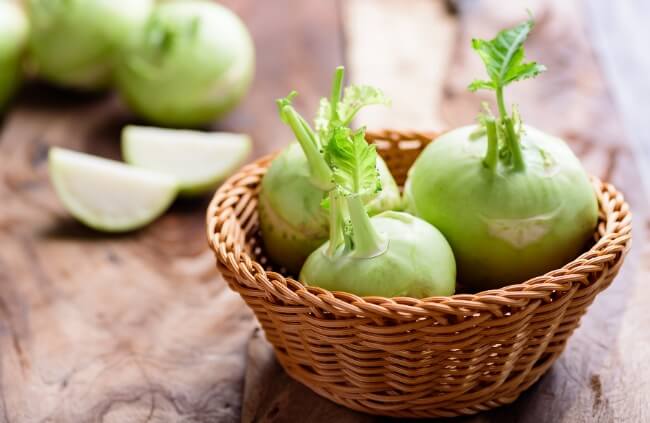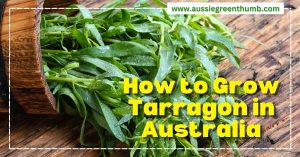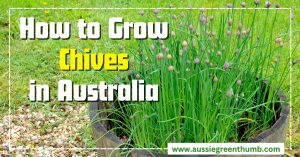While kohlrabi, also known as turnip cabbage and german turnip, may share some similarities with turnips, their growing pattern differs completely. Turnips, although a member of the Brassica family, are a root vegetable while kohlrabi enjoys the sun and grows above ground.
More...
Why Consider Growing Kohlrabi?

We’re creatures of comfort when it comes to growing vegetables in our gardens. The perennial favourites; tomatoes, cucumbers, lettuces and cabbage always get a guernsey and the only time we move outside of our preferences is when we experiment with a new variety.
Yet we rarely try a new species. Why is that? Is it because we have no idea what to do with some vegetables? Or, maybe we don’t like eating them and therefore won’t grow them in favour of our taste buds. Perhaps it has more to do with economics – limited space = demand = supply.
Whatever the reason, kohlrabi is one of the least preferred vegetables to take up space in our veggie patch. Over the past week I’ve had a poll asking gardeners: Which vegetable WOULDN’T you grow in your vegie patch? And the big winner is…
In fact, pollsters granted okra a better chance to make it into their veggie patches than the humble kohlrabi. It seems this alien looking vegetable either needs a better PR officer or gardeners just really don’t appreciate it.
What Does Kohlrabi Have Going for It?
Lots, really. Its colour and shape alone set it apart as one of those gourmet type vegetables that could rival the celeriac and multicoloured silverbeet. From a purely aesthetic purpose they should be a welcome addition to any garden.
Apart from kohlrabi’s debonair good looks it’s also a great tasting vegetable. Similar to a turnip its flavour is much milder and sweeter and can be substituted in many recipes that require turnips.

How to Grow Kohlrabi
"While kohlrabi share some similarities with turnips, their growth patterns are entirely distinct. Turnips, though belonging to the Brassica family, are root vegetables, whereas kohlrabi thrives in sunlight and grows above ground.
They prefer a typically well-drained soil so if you’re gardening in areas prone to clay you may want to lift them above ground level and feed with organic matter. While the leaves may attract snails and slugs they’re not the essential part – although can still be eaten as greens – of the vegetable while the ball-shaped fruit is almost pest-resistant.
Kohlrabi are a spring vegetable but they can be sown throughout spring and into early summer and take about 6-8 weeks to harvest. If you’re willing to try something new in your veggie patch, kohlrabi could be a different option.
Published on June 7, 2023 by Nathan Schwartz
Last Updated on September 20, 2023




